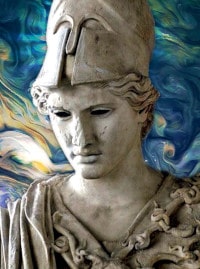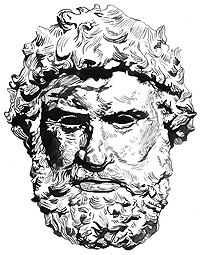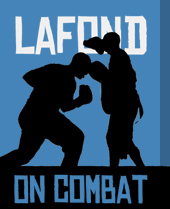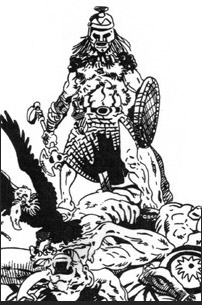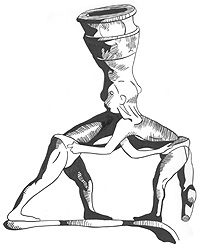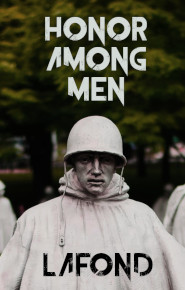I have wondered about the ancient and medieval world beyond Europe since I was a boy reading about Alexander and his wanderlust, Marco Polo and his journeys, and the ‘oriental adventures’ of Robert E. Howard. This impulse to look into the ancient East is, I think, born of an immersion in European history and folklore. If you have read Tolkien, or viewed the excellent adaptations of his work into movie form you should get the idea easy enough. Europe was, like Tolkien’s Middle Earth, a heavily forested mist-shrouded mega-peninsula, fragmented by mountains and toxic politics; the terminus of a massive supercontinent, whose inhabitants literally had their backs to a cold stormy ocean.
This was never more so than during the period from 500 to 1600 A.D. To put yourself in the place of a Viking chief or Genoese captain at the time when Europe was hemmed in by unexplored seas, vast hinterlands dominated by genocidal nomad hordes, and a much more highly advanced civilization motivated by a stern religious zeal is very much to see the world from the Dark Age European perspective; as some dwarf or hobbit out of Tolkien’s fairytales regarding the vast, mysterious and threatening regions to the south and east with a deep wondrous dread. A few years ago I spotted a book about this very time and expanse, and found it to be a great read. Recently, in preparation for a novel set in Central Asia and a novelette set in Egypt, I have reread it and enjoyed it even more. Here is the heads up review…
When Asia was the World
Stewart Gordon
2008, Da Capo Press, Book Club Edition, 228 pages
Stewart has worked as an advisor for the History Channel, so you have most likely seen some of his work. What I like about this book is that Stewart takes a Eurocentric measure of the medieval Asian world, rather than some global village view. This helps put into perspective how amazing and fleeting was the flowering of the mega-culture of scholarship, honor and trade that once stretched from Spain to China. There was a time when an able soldier, a learned scholar, or a diplomatic merchant might travel alone, armed with nothing but a friendly letter, from Seville to Peking. Sure it took awhile, and he might have to form an alliance against a band of criminals or outwit or avoid some fundamentalist religious fanatic who was building a little empire of intolerance, but it was done: done often and meaningfully; for profit, adventure and enlightenment.
Mister Gordon follows eight amazing individuals from 618 through 1521 on their various quests across the breadth of Asia. My favorite was Ibn Sina, a heretical Moslem intellectual who spent his later years fleeing from a fundamentalist monarch, making him something of a medieval internet journalist hiding out in embassies and small tolerant nations. My other favorite was Babur, the Central Asian warlord that Stewart uses to describe the ‘blood and salt’ ethos that ruled a continent of warrior chieftains in a manner that seems almost quaint compared to current robotic military ethics.
Gordon points us to a brief flowering of humanity across a vast area made possible by a tolerant, science-friendly version of Islam, an ideal that is now completely eclipsed by hate. He does an excellent job of illustrating the vile outlook of the Christian West at the time, a worldview that is frighteningly similar to the modern Islamist one in its insular militant intolerance.
I apologize to Stewart Gordon for inserting my own brief version of world history below. However, he helped me refine it, for which I remain grateful. I can assure you that no such extreme views grace the pages of his fine book.
The Medieval World According to the Reviewer
My own impression of the world at the time covered by Mister Gordon’s highly accessible work is of a college fraternity house: the entire main floor [North Africa/Asia] is occupied by the poets, philosophers, seminary students, hard science geeks and business majors who debate, game and study; the second floor [the Americas] is occupied by the students who are just getting by in school and sleeping till noon, content to follow in their parent’s footsteps; in the basement [sub-Sahara Africa]are the hard-drinking football players who farm out their homework and testing to the guys on the main floor; and in the attic [Europe] are the two gothic psychopaths [one protestant the other catholic] planning the rape of the second floor and the murder of those on the main floor, with the aid of the knuckleheads in the basement.




